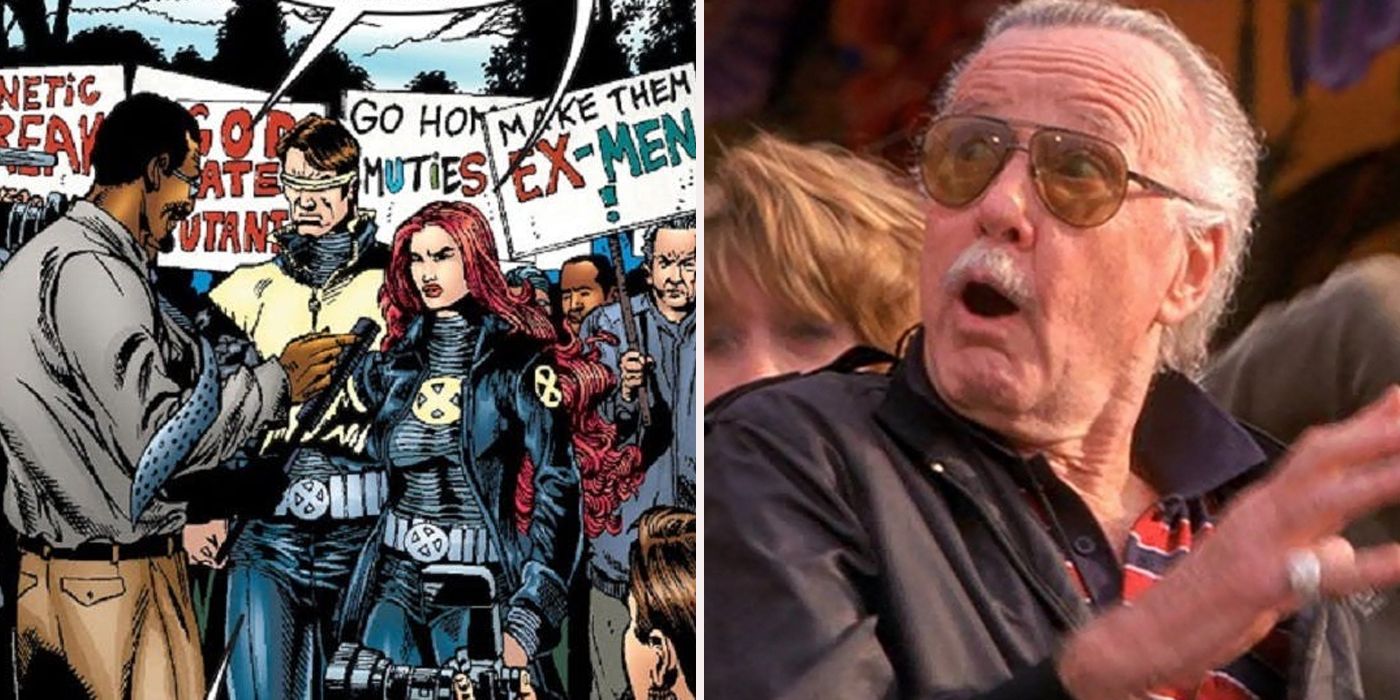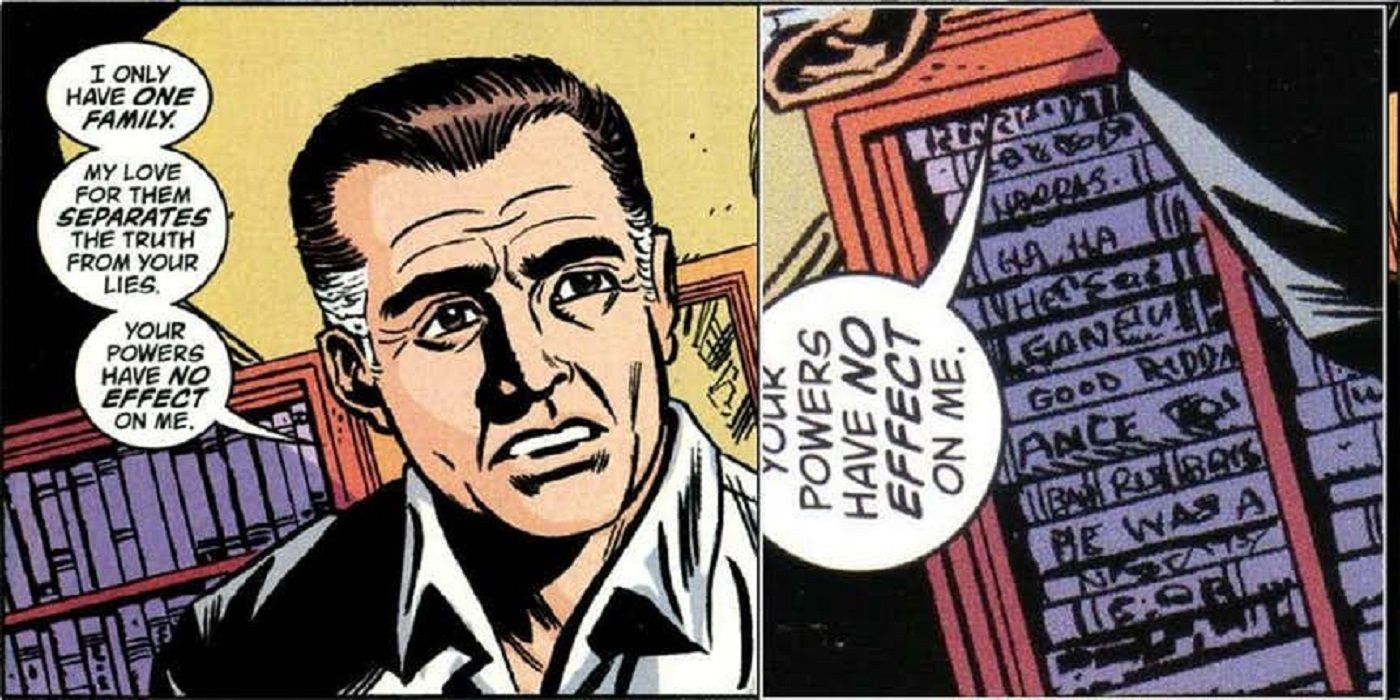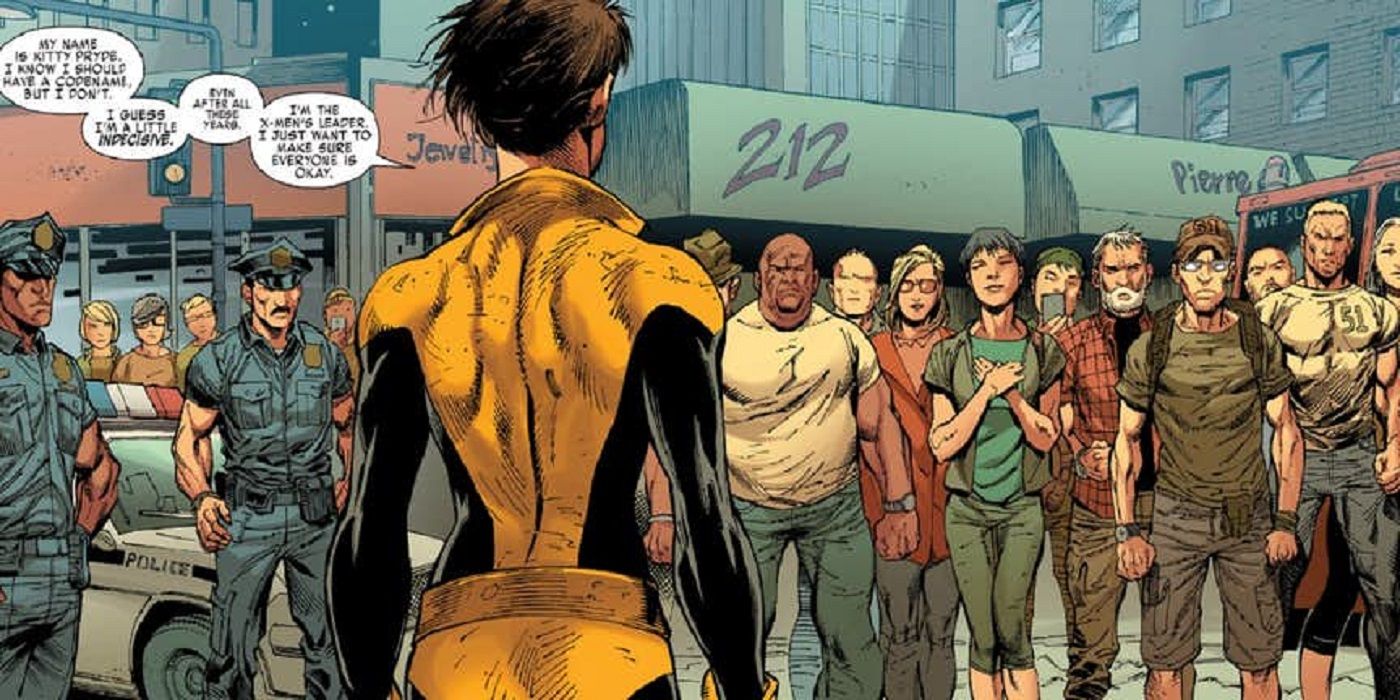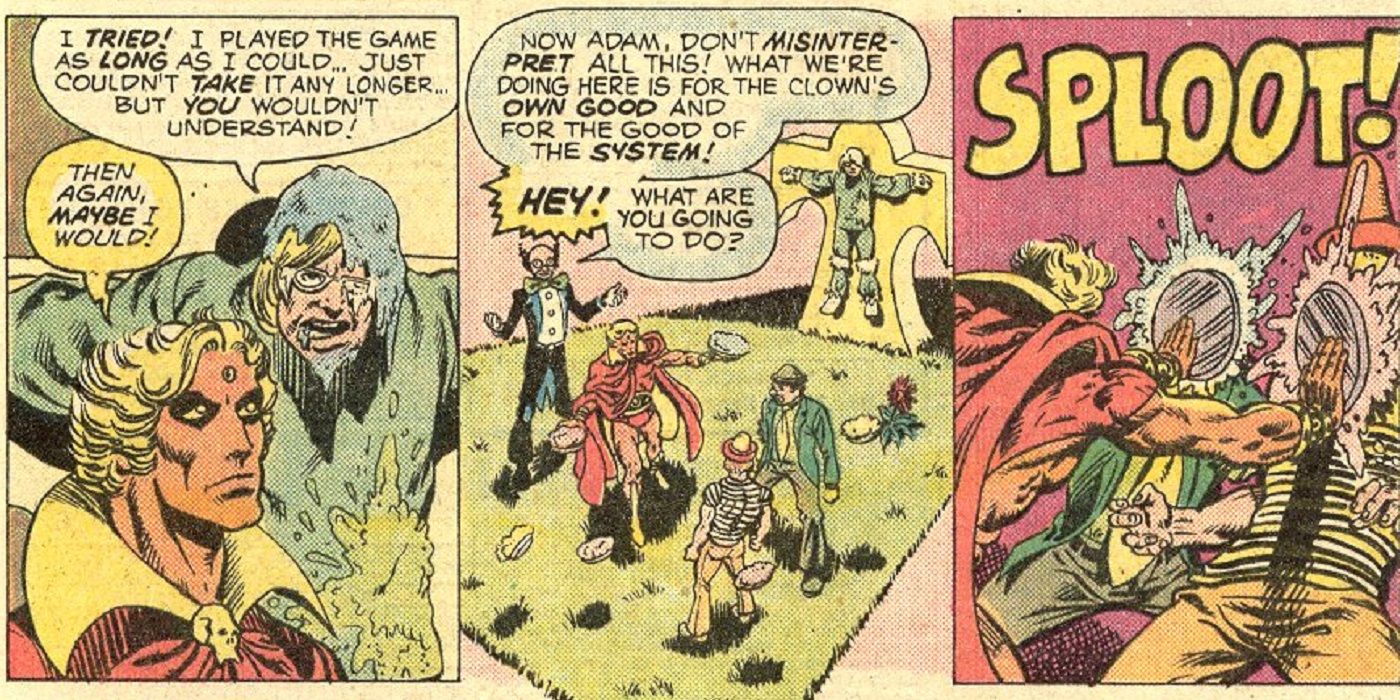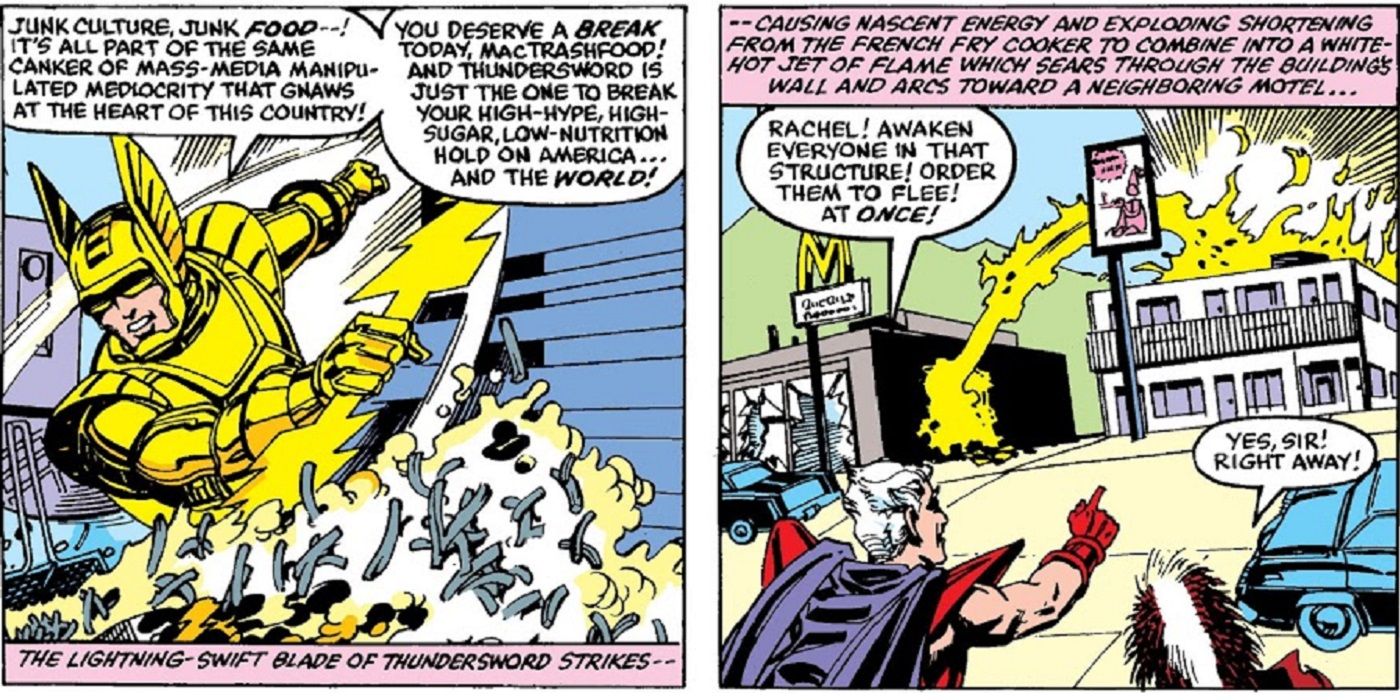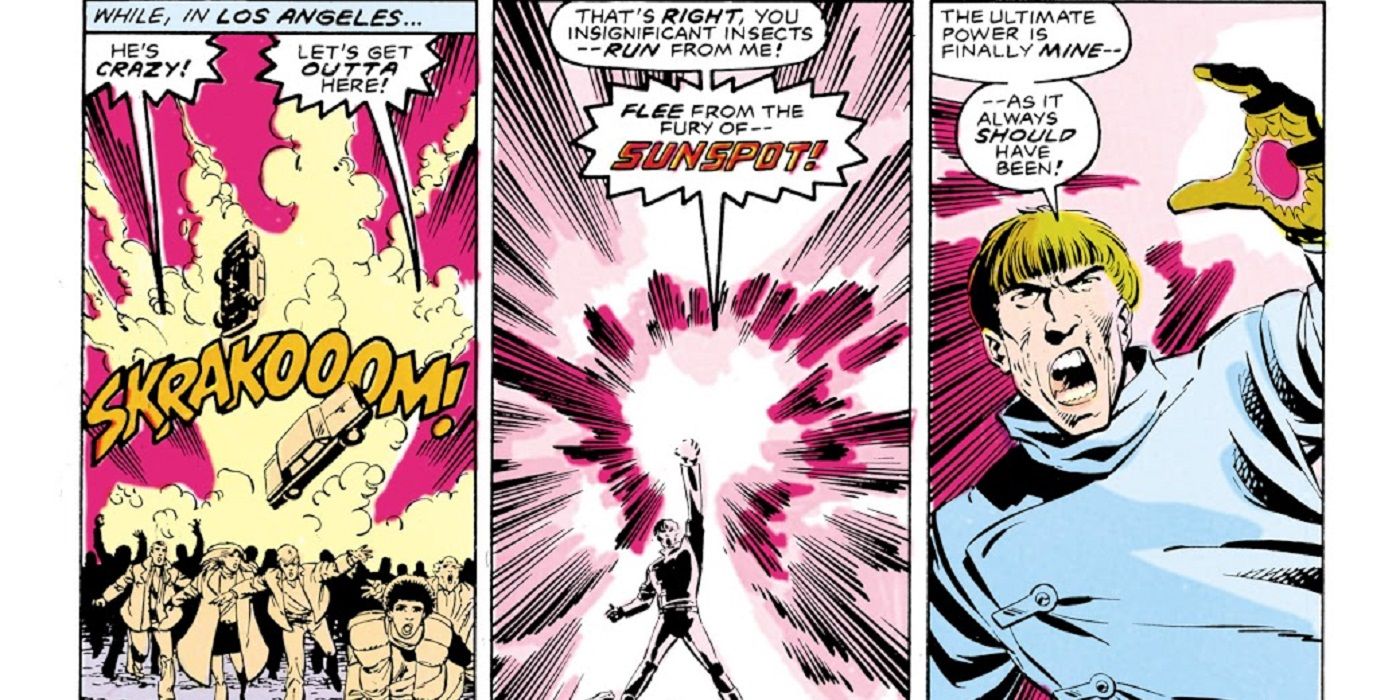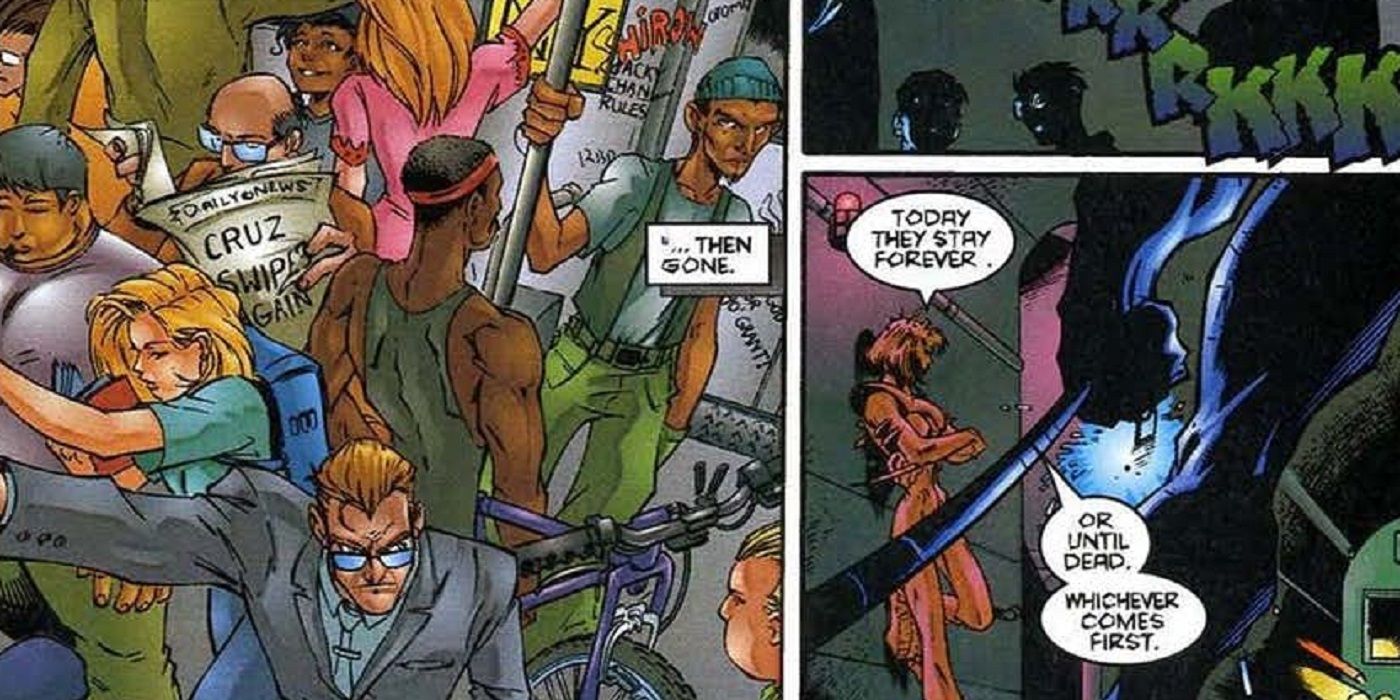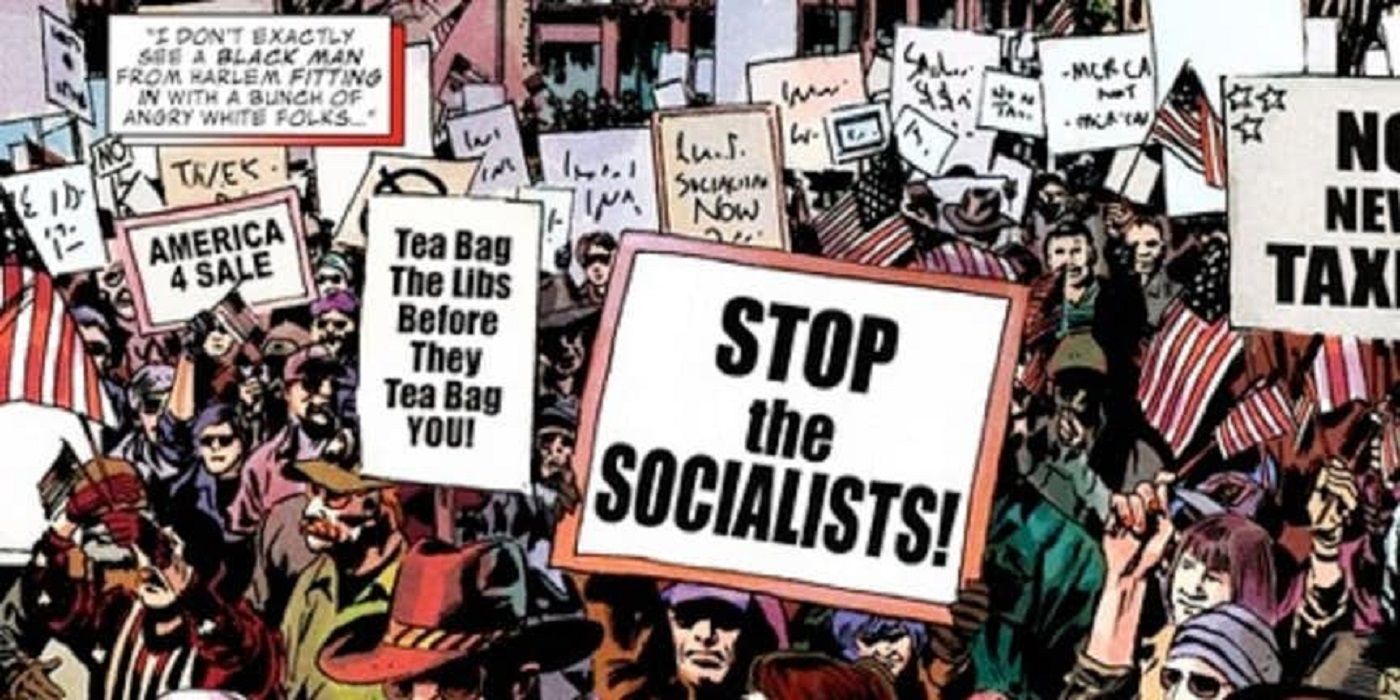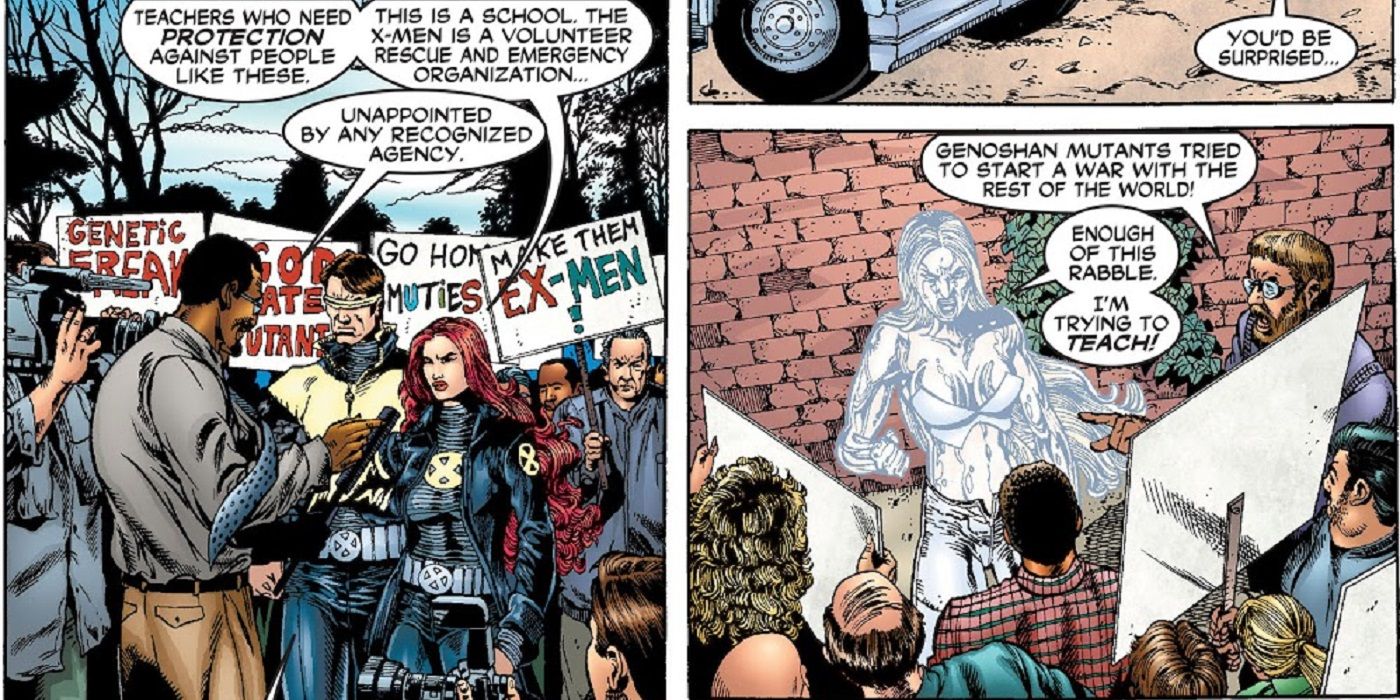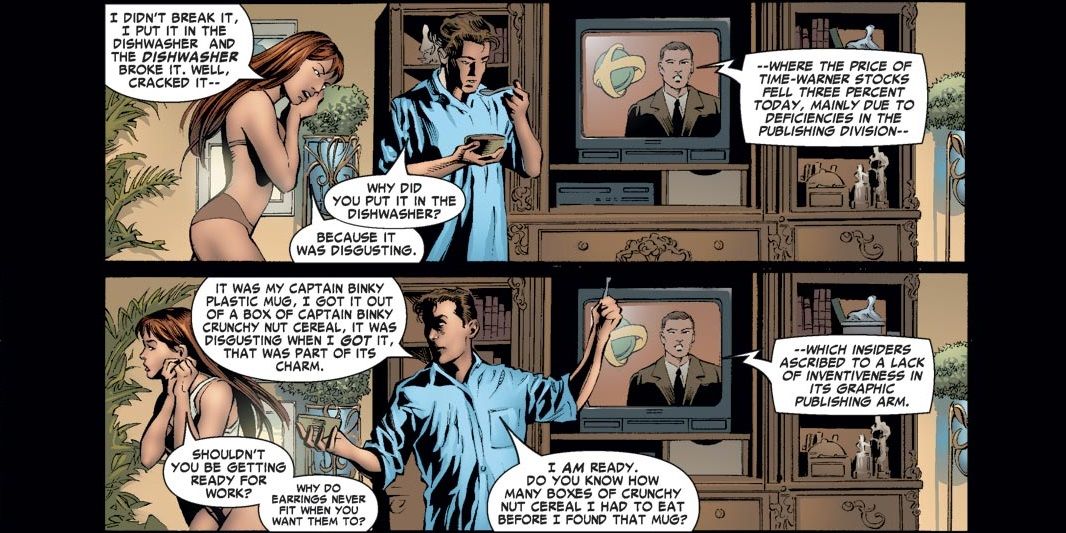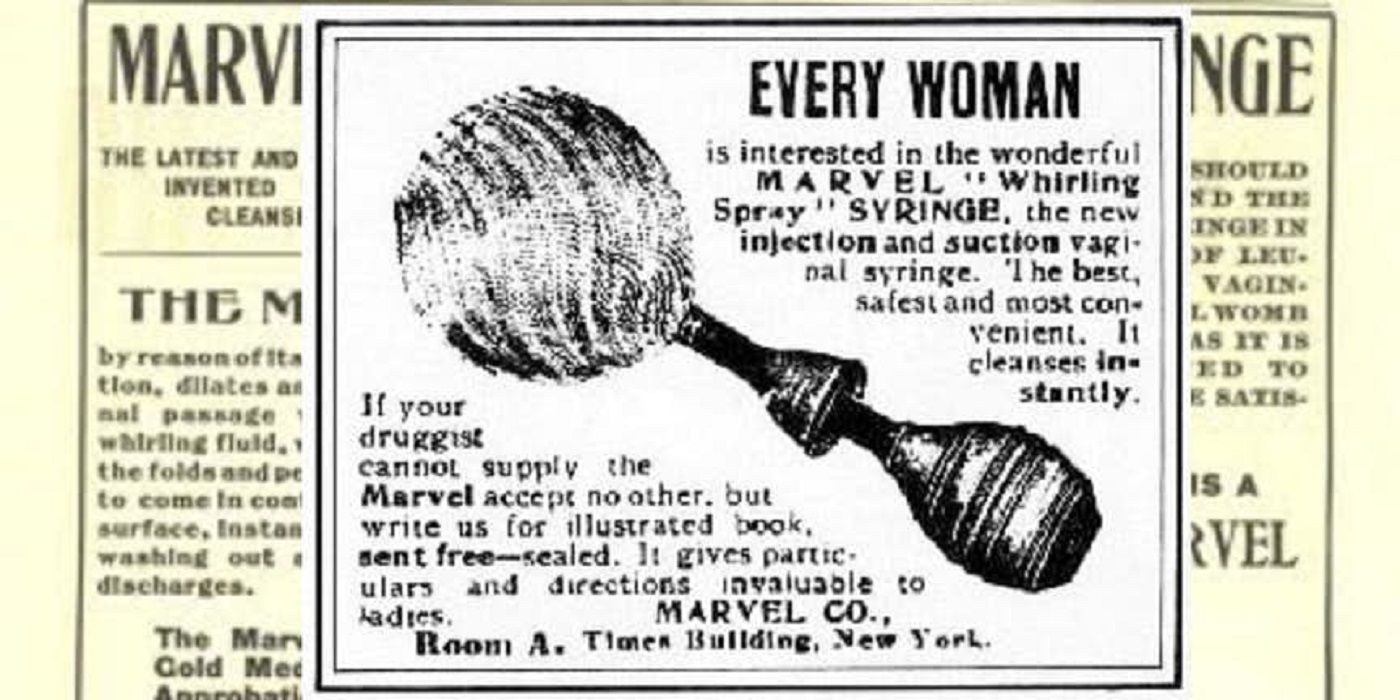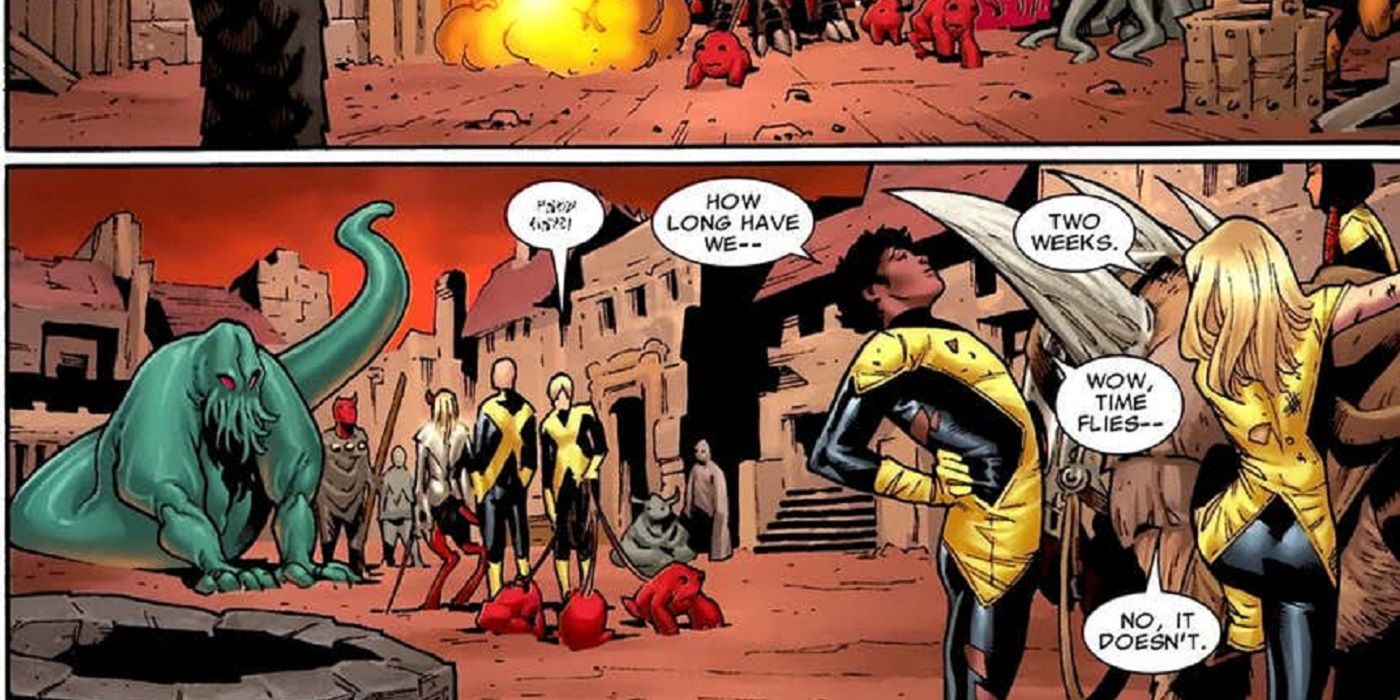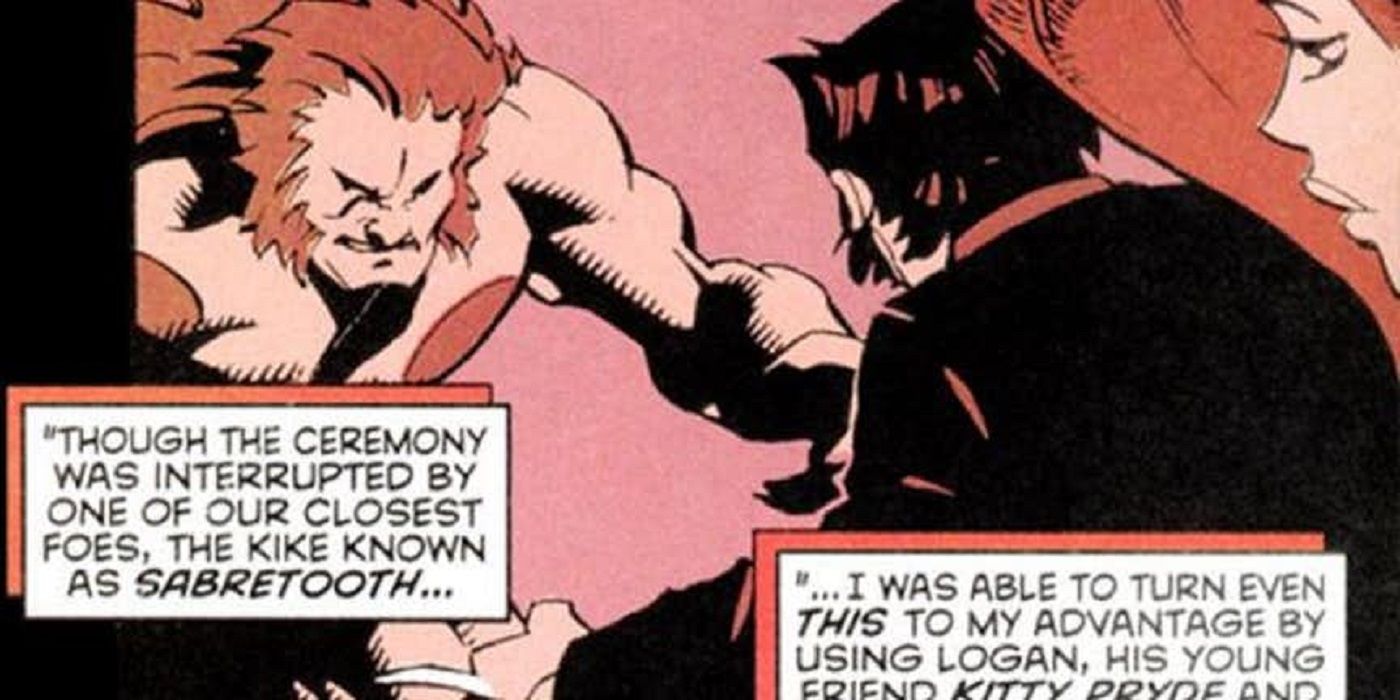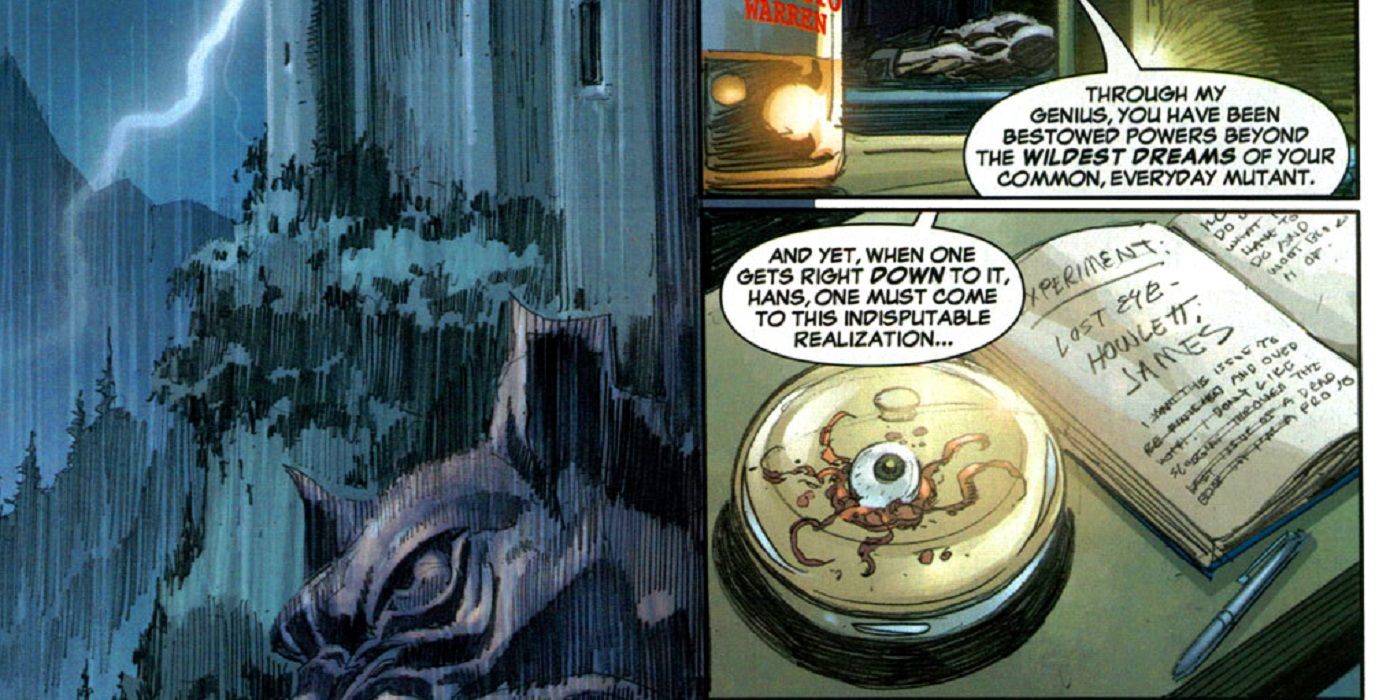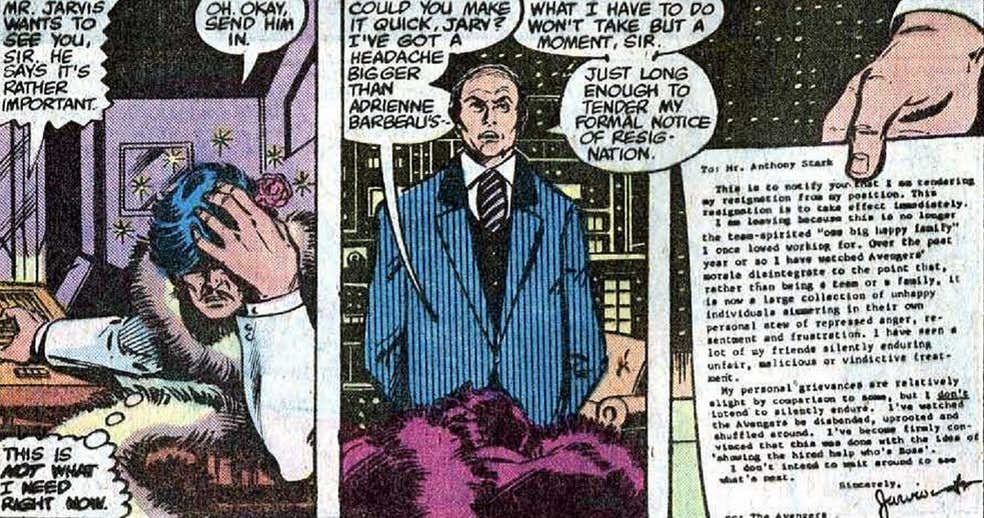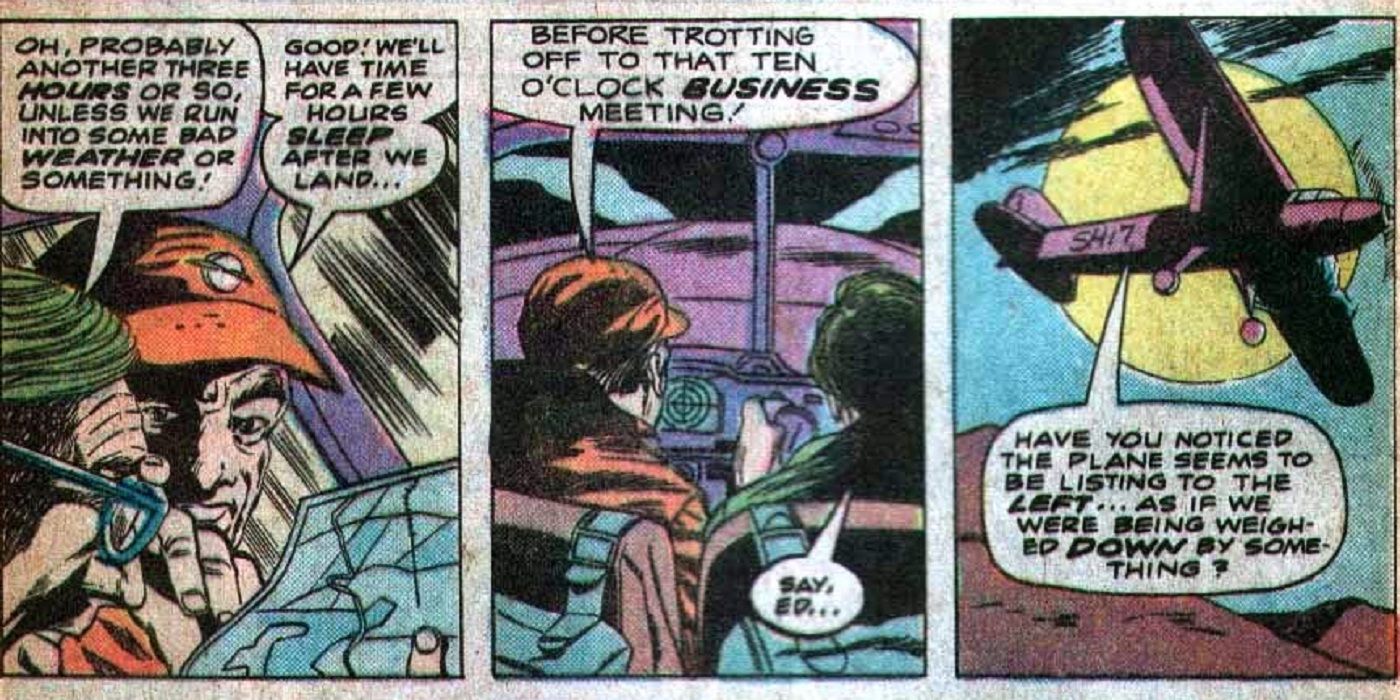Throughout comic book history, comic book companies have generally placed a high priority on keeping their comic books acceptable to a wide audience. As a result, there have been certain codes of conduct (even before the establishment of the official Comics Code) that kept creators from expressing themselves freely in their work. As a result, some creators chose to go a different direction and work hidden messages into their comic book stories.
Quite often, these hidden messages were benign (Jim Aparo hiding hints to who Batman was going to team-up with in the next issue of issues of The Brave and the Bold, Todd McFarlane hiding Felix the Cat in his work and Jim Balent hiding cats on the covers of Catwoman) but other times, these hidden messages proved controversial. Sometimes these hidden messages were approved by the other people working on the issue and sometimes the artists involved just went completely rogue. Here, we will take a look at 15 of the most controversial hidden messages in superhero comic book history.
15 KICKED ON THE WAY OUT
After Tom DeFalco was removed as Editor-in-Chief of Marvel in 1994, Marvel briefly tried a system where they would have five Editors-in-Chief, each responsible for one part of the company. Bob Harras, already in charge of the X-Men titles, became the Editor-in-Chief of the X-books. When the Editors-in-Chief idea was abandoned, Harras was chosen as the new full-time Editor-in-Chief.
Harras helped guide Marvel through some difficult times before was replaced in 2000. Longtime inker Al Milgrom must not have been a fan, because in 2001's Universe X: Spidey, Milgrom hid in the background a message about how pleased he was to learn that Harras had been removed as Marvel's Editor-in-Chief. Milgrom lost his staff job, but he was allowed to continue to freelance on Marvel titles.
14 AN X-TREMELY BAD IDEA
In 2017, Marvel launched two new X-Men titles, X-Men Blue and X-Men Gold, each spotlighting a different X-Men team (with X-Men Gold featuring the more traditional X-Men, now led by Kitty Pryde and X-Men Blue featuring the time-displaced original five X-Men, now led by Magneto). This was part of their dedication to spending more effort developing the X-Men side of the Marvel Universe.
In the first issue of X-Men Gold, however, artist Ardian Syaf hid references to a section of the Quran, QS 5:51, which had been interpreted by some people in Syaf's home of Indonesia to mean that Muslims should not have Christians of Jews lead them (in other words, to then vote out the Christina governor of Jakarta). Marvel reprinted the issue without the hidden references and fired Syaf.
13 DIMAONDS AT THE BOTTOM OF A PILE OF...TRASH
In the mid-1970s, star writer/artist Jim Starlin had become disillusioned with Marvel Comics. He had recently taken control of a feature starring Adam Warlock that would revive enough interest that Marvel took his old series out of mothballs for Starlin to handle (after Starlin began telling stories with Warlock in Strange Tales) and he used the feature to vent a little.
In Strange Tales #181, Warlock is accosted by two clowns (who are stand-ins for Stan Lee and Marvel's Art Director, John Romita) who tried to force Warlock to be homogenized to be like every other Marvel hero. He fights back, while also seeing Lee and Romita torture the then-outgoing Marvel Editor-in-Chief, Roy Thomas. Starlin then compared his work on Warlock to a diamond hidden at the pile of a mountain of human refuse. Gross.
12 THUNDERSTRUCK
In the late 1970s, one of Marvel's top writers was Steve Gerber, who created the breakout comedy character, Howard the Duck. Gerber, though, ended up leaving Marvel following a legal dispute over the rights to Howard the Duck. Before he left Marvel, Gerber gave a couple of interviews where he complained about Marvel and also about popular culture in general, including the state of children's animation.
Gerber then went into work in children's animation himself. Jim Shooter decided to roast Gerber in Secret Wars II by basing a supervillain (Thundersword) on Gerber, showing a liberal animation writer who, once given superpowers by the Beyonder, proves himself to be a hypocrite who decries violence but then is violent himself (basically Shooter's criticism of Gerber, who complained about violence in kids' shows in the 1970s but then wrote G.I. Joe, one of the most violent kids show around, in the 1980s).
11 JIM SHOOTER GETS "BYRNED"
A year later, it was Jim Shooter himself who was the subject of roasting in the pages of DC's follow-up crossover event to Crisis on Infinite Earths, Legends. People often attribute the joke here to John Byrne due to his disagreements with Shooter over the years, but Byrne was strictly the artist on Legends, so whoever came up with the joke, it wasn't Byrne. It was either the plotter of the series (John Ostrander) the scripter (Len Wein) or perhaps the editor (Mike Gold).
In any event, Guy Gardner runs into a supervillain clearly based on Jim Shooter, including the fact that he has what looks to be the Star Brand and he is babbling about how powerful he is and how he just wants to create a new universe (Shooter had then just recently launched the "New Universe" at Marvel Comics, a line of superhero comics set in a different reality than the Marvel Universe).
10 SETTLING GRUDGES
Even before there were such a thing as comic books, there were plenty of popular comic strips in the United States and a number of these strips were adventure strips. Drawing a daily adventure strip was a total grind and due to deadlines, most artists just copied from the most popular artists in the field. The two most copied artists of the era were Hal Foster and Alex Raymond. When comic books started, a lot of comic book artists did the same (Bob Kane swiped from both Foster and Raymond in early Batman stories).
The idea of artists copying other artists' work for their own continued into the 1990s. Uncanny X-Men artist, Joe Madureira, though, was not a fan of when fellow X-Men artist Roger Cruz began swiping Madureira's work, so he wrote in a headline into Uncanny X-Men #325 calling Cruz out for swiping.
9 SPOILING A TEA PARTY
In most of the instances on this list, the hidden messages were at least intentional. An artist or a writer decided to include them in the story for whatever reason. That's what makes the hidden messages in Captain America #602 so frustrating for the writer of that issue. In the story arc, Bucky Barnes (then Captain America) and Sam Wilson (then Falcon) went undercover into a new political party.
Writer Ed Brubaker intentionally avoided explicitly connecting the people in the group to the Tea Party (the group now known as the "Freedom Caucus"), but the artist left the signs at the rally blank and the letterer of the comic just searched online for signs used in political rallies and threw in some common signs, thus inadvertently making the rally an explicit Tea Party rally. This freaked people out and Marvel apologized, before they edited the signs out in future printings.
8 YOU KNOW WHAT SELLS
For years, one of the things that Ethan Van Sciver used to get a kick out of (he might very well still do it now, but just hides it really well) is to hide imagery inside of his comics to amuse himself. One of the most famous examples of this was in New X-Men #118, early in Grant Morrison's famed run on New X-Men.
Van Sciver tried to hide a certain three-letter word ending in X throughout the issue, as a sort of parody of the idea that people always seem to think that comics and cartoons are saying things subliminally. Well, here, he actually was! The editors caught a few of them and had them changed, but most pages of the comic still involve at least one hidden example of the word (look at the red letters on the two signs on the right in the first panel in the above image).
7 STOCK PRICES PLUMMETTING
One of the interesting things about comic book writers working in insults against the rivals of whatever company that they are currently working on is that very often, comic book writers end up changing companies, at which point it is kind of awkward to look back at their older insults in their earlier work.
A good example would be J. Michael Straczynski, who worked for Marvel for most of the 2000s before leaving for DC Comics in 2009. In Amazing Spider-Man #516, he had the news report that Time-Warner's stock went down because their comic book division (DC Comics) was disappointing. That's one of the more overtly hostile hidden messages that you'll find on this list (and one of the least hidden "hidden messages" on the list, as well).
6 ADDING INSULT TO INJURY
Some of the earliest work that Alan Moore ever did in the world of comic books was for Marvel UK, Marvel's comic book branch in England. Moore, though, objected to Marvel reprinting one of his stories in an American comic, claiming that British copyright was different and that they owed him more rights to his stories and the characters created in them. So he stopped working for Marvel.
Years later, they had seemed to work out a deal with Moore to reprint his Captain Britain stories into a trade paperback, but then ended up leaving off the proper credits in the published books (Marvel claimed that it was an accident), which irked Moore. So in the pages of his League of Extraordinary Gentlemen, he included (in a section of "of the era" ads) an ad for Marvel Douche. DC refused to publish the issue with the insult, so they destroyed the print run of the issue and reprinted the comic with an altered version of the ad.
5 DEMONIC LANGUAGE
Magik of the New Mutants has the ability to teleport. She does her teleportation by going through the demonic dimension known as Limbo. Naturally, then, there have been many New Mutants stories that took place in Limbo, with the heroes getting stuck there for one reason or another.
During Zeb Wells' run on New Mutants, he had the New Mutants get stuck in Limbo for a while and get caught up in war there. During the story, the demons speak their own language. Someone figured out the code for the language and when you translate, the demons are saying some rather offensive things (lots of profanity). It's a clever way of hiding language in plain sight that would never be allowed in a Marvel superhero comic book.
4 SPELL CHECK IS NOT ALWAYS YOUR FRIEND
In the history of comic books, nothing good has ever come out of a comic book being rushed to hit its deadline, like Wolverine #131, which ended up with a controversial "hidden" message in the comic due to the hurry behind its release. Brian K. Vaughan (early in his career) was brought in to script the issue after the original writer, Todd DeZago, left the series. He wrote in his script "the man named Sabretooth" or "the assassin named Sabretooth" and editor Mark Powers crossed it out and wrote "the killer named Sabretooth."
The letterer thought the handwritten "killer" by Powers was the word "kike" and, not knowing that it was a slur, lettered it into the comic. Since the comic was behind schedule, the proofreading process was rushed through and the comic book was released into the stores with the slur included. It was recalled and pulped by Marvel.
3 NOT EVERYONE WAS UPSET THAT WEAPON X WAS CANCELED
A strange area in the life of a comic book series is when a comic book's cancellation is announced but there are still a few comic books to be released before the book officially ends. These issues are odd, because everyone involved knows that the book is done, so they sort of just go through the motions. Often, the original artist will leave the series before the end to secure another gig on a different book.
That was the case with Weapon X, as the regular artist left the book before the end and artist Tom Mandrake filled in. In the final issue, someone wrote in a diary in a panel that, in effect, everyone involved in the book hated putting together the last few issues of the series.
2 FORWARDING A LETTER
During the famous "Demon in a Bottle" story arc, Tony Stark's descent into alcoholism alienated the millionaire from those around him, including his longtime butler, Edwin Jarvis. In Iron Man #127, a drunk Tony berates Jarvis. This causes Jarvis to resign from Stark's service at the end of the issue (while staying on as the butler for the Avengers).
The resignation letter, however, was an actual resignation letter that Dave Cockrum had given Marvel recently when he quit from his staff art position (he continued to work for Marvel, but only as a freelance artist). No one probably would have noticed had writer David Michelinie not apologized for the use of the letter a few issues later, noting that he didn't do it and that he would make sure nothing like that happened again in the future.
1 THE PLANE TELLS THE TRUTH
In the 1970s, after selling Marvel Comics, Marvel's former publisher, Martin Goodman, decided to get back into the comic book game with a line of comics called Atlas Comics from Seaboard Periodicals. This new company offered higher page rates than either Marvel or DC, but many artists were wary of going to work for a start-up company, feeling (rightly so, as it turned out) that the new company would ultimately fail.
So they mostly got either older artists and younger artists. One veteran artist, Mike Sekowsky, didn't like working on Brute, a Hulk "inspired" series and he made his views known by drawing on the side of a plane in the issue a call sign that expressed his views of the comic book in general.

